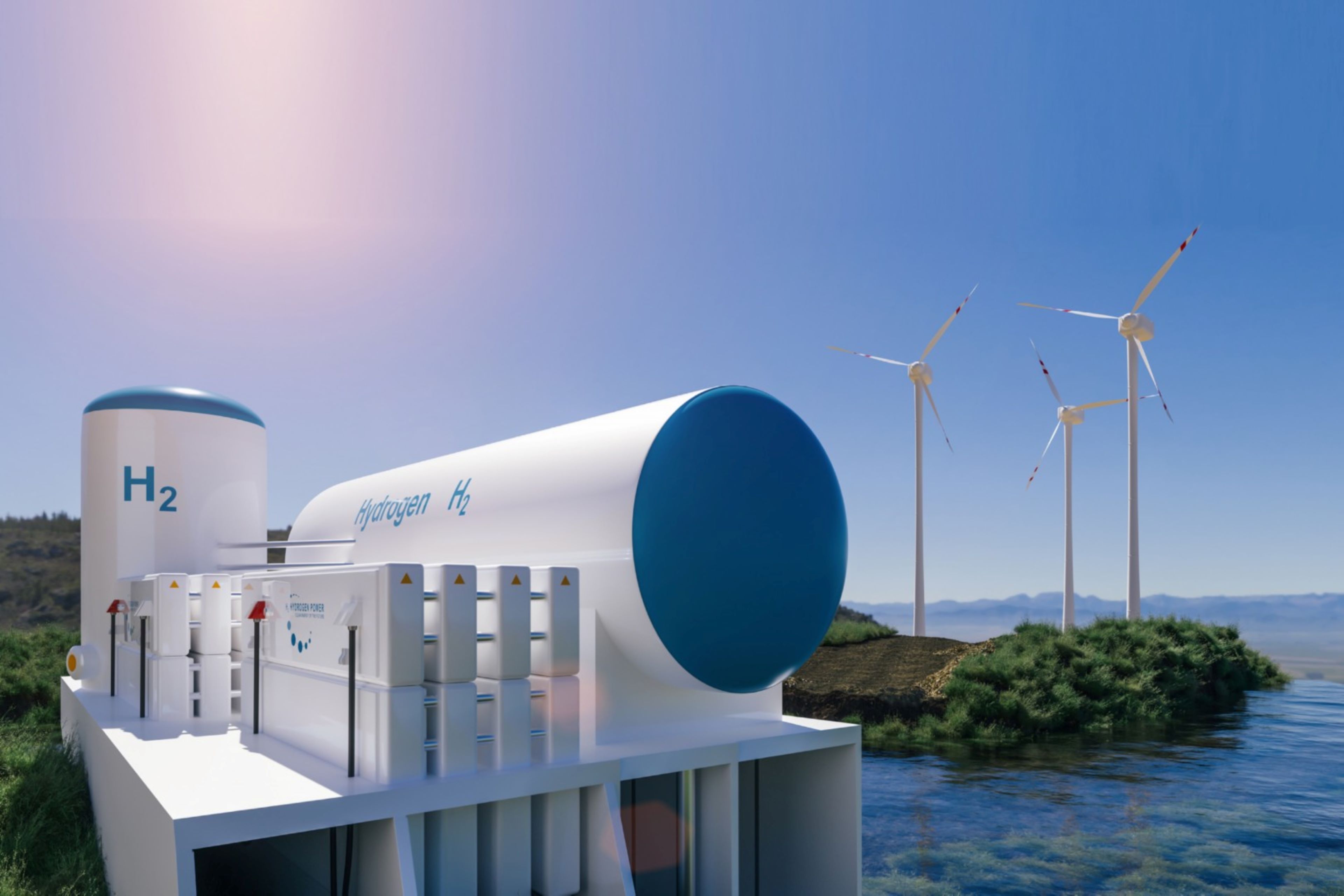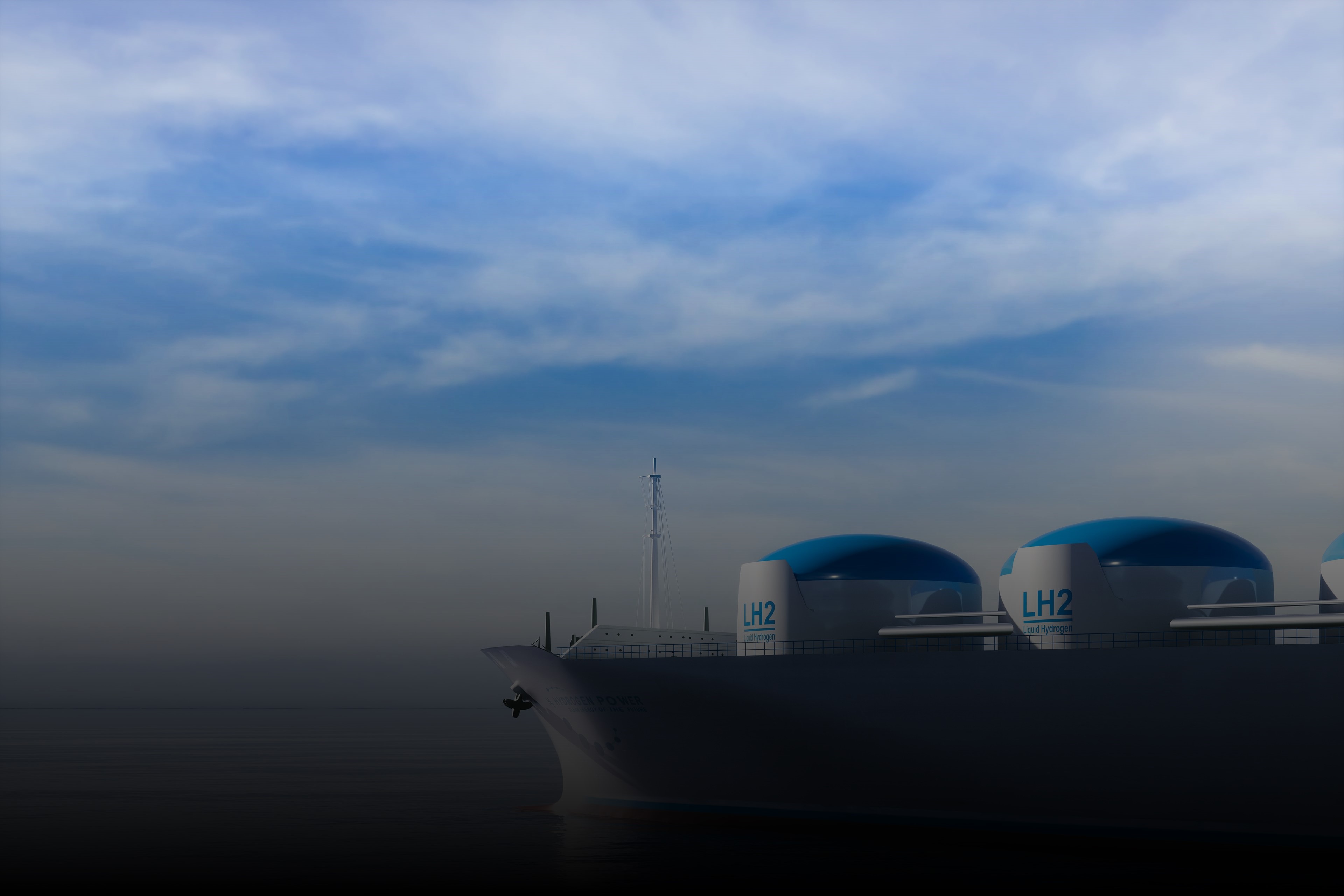EY refers to the global organization, and may refer to one or more, of the member firms of Ernst & Young Global Limited, each of which is a separate legal entity. Ernst & Young Global Limited, a UK company limited by guarantee, does not provide services to clients.

Burning hydrogen in internal combustion engine is a feasible solution in transitioning to a hydrogen economy.
In brief
- H2ICE offers an immediately viable powertrain option for decarbonization in the medium and heavy-duty vehicle application in India.
- Most of OEMs in India are modifying their existing conventional spark-ignition engines to develop H2ICEs.
On 4 January 2023, the Union Cabinet approved the National Green Hydrogen Mission to promote the hydrogen ecosystem. This was emphasized in the Union Budget FY24, with an INR 19,744 crore initial outlay for the mission and an annual green hydrogen production target of 5 MMT by 2030. The mission aims to make India energy-independent while accelerating our decarbonization efforts to reach net-zero targets.
Since the Paris Agreement in 2015, decarbonization has taken center-stage. Transportation is a vital sector from a decarbonization perspective, contributing 24% of direct CO2 emission from fuel combustion, producing 10% of the world’s greenhouse gas emissions. The Paris (COP21) and Glasgow (COP26) agreements have outlined the need for transportation propulsion technologies to achieve maximum CO2 reduction in short time scales.
But no one solution fits all. Future mobility is likely to be a mix of solutions, from reducing emissions, including use of alternate fuels and hybrids in the near term, to zero-emission technologies (battery electric vehicles (BEVs) and hydrogen-powered vehicles) in the long term, depending on consumer acceptance, vehicle application and geography.
While BEVs have garnered attention, they are best suited for light vehicle application with established duty cycles. For medium-and heavy-duty vehicles, BEVs may not be the right technology choice given the issues with range, battery size, refueling time, payload penalty, charging infrastructure, etc. BEVs are dependent on critical raw materials, such as lithium, cobalt and nickel for batteries, whose supply sources are concentrated in a few regions across the globe. This makes them susceptible to shortages and price fluctuations. Mining these metals causes additional environmental concern. This is where hydrogen can come in.
Hydrogen-powered engines
There are two technologies: hydrogen fuel cell electric vehicles (FCEVs) and hydrogen internal combustion engines (H2ICE). FCEVs generate electricity from hydrogen in a device known as a fuel cell that is used to power the electric motor, whereas H2ICE burn hydrogen in an internal combustion engine.
While most discussions around hydrogen are centered on efficiency gains achievable using fuel cells, there has been a renewed interest in H2ICE lately. Powertrain development companies are developing H2ICE for heavy-duty applications, with a focus on increasing the efficiency potential of multiport and directly injected hydrogen concepts, utilizing the existing powertrain architecture. For instance, a multinational engine manufacturing and fuel technology company recently developed a H2ICE engine for heavy-duty trucks across the 10 to 26 ton GVW (gross vehicle weight) range. A major construction equipment manufacturer has invested 100 million pounds to produce super-efficient hydrogen engines, rolling out its 50th H2ICE in January 2023.
Most of these OEMs are modifying their existing conventional spark-ignition engines to develop H2ICEs. This is because a four-stroke H2ICE operates on the same cycle as a regular natural gas engine and shares most of the components. H2ICE, however, requires minimum changes to the fuel injection and ignition systems, along with different controls, to handle high pressure hydrogen fuel and the corresponding light changes to the cylinder head.
With higher part-sharing and a known technical arena, R&D costs required to develop H2ICE from a base spark-ignition engine are much lower than the cost of FCEV development. Also, with these engines being manufactured in the same production facilities and following the same manufacturing processes as conventional fossil-fuel ICE, with limited changes, economies of scale could be achieved faster. Moreover, the existing and established ICE supply chain can be leveraged efficiently.
An area where additional investment would be needed is that H2ICE requires a storage tank similar to FCEVs. In comparison to H2ICE, fuel cell technology is very cost-intensive. Operationally, it requires pure hydrogen and a high specification compressor to supply compressed air. Intricate designs of critical components such as bipolar plates, membranes, etc., add to the cost. Also, new development and testing methods are required to validate the technology.
A promising future
H2ICE will require minimum incremental changes to the conventional powertrain and vehicle architecture, which makes it a logical option, especially for cost-conscious markets such as India, Southeast Asia, Africa, etc. It can also potentially open up new opportunities such as retrofitting of the current on-road ICE commercial vehicle fleet, long distance intercity buses, etc. The Indian commercial vehicle OEM fraternity has already started moving in this direction. Major automakers displayed H2ICE technology at the Auto Expo 2023.
The fuel cell technology is more expensive, but both technologies (fuel cell and H2ICE) share the same infrastructure. Therefore, the development of any one technology will consequently help the development of the other. Overall, H2ICE offers an immediately viable powertrain option for decarbonization in the medium- and heavy-duty vehicle application in India. It can be a bridging technology to remain cost-competitive till the fuel cell technology is commercialized while propelling the development of the hydrogen infrastructure.
With India holding the G20 presidency for 2023 and its continued commitment to the National Green Hydrogen Mission, the stage is set for India’s energy transition journey and H2ICE will be a crucial intermediate step in the transition strategy.
Summary
Hydrogen-ICE technology promises to be a feasible and a more cost-effective solution in transitioning to a hydrogen economy, which is a pillar in India’s decarbonization strategy.
How EY can help
EY ESG Compass - Innovation to transform sustainability journey
Streamline ESG reporting with EY’s ESG Compass. Explore ESG solutions, tools, dashboards, and fact sheets to enhance sustainability and compliance.
Supporting organizations with physical and transition risks associated with climate change, and assisting them with market and regulatory changes.
Related articles
How can India become the industrial hub for electrolyzer production by 2030
Discover how India can become the industrial hub for electrolyzer production by 2030. Learn about the electrolyzer market in India.
The Inflation Reduction Act – a turning point for the global green hydrogen market
Discover How the US is using the IRA to jumpstart and improve the economics of low-carbon hydrogen production (especially green hydrogen), making it one of the most competitive regions globally.
How green hydrogen can help India achieve its net zero ambition
The EY-SED Fund report recommends key sub-national policy interventions to help accelerate the GH2 economy. Learn more about the green hydrogen economy in India.








